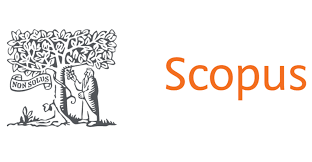EVALUATION OF THE RELEVANCE OF CEPHALIC MANEUVERS IN THE DIAGNOSIS AND TREATMENT OF BENIGN PAROXYSMAL POSITIONAL VERTIGO
DOI:
https://doi.org/10.56238/arev7n4-208Keywords:
Vertigo, Nystagmus, Diagnosis, TreatmentAbstract
Objectives: The present study aims to describe the main mechanisms of therapeutic maneuvers used in the treatment of Benign Paroxysmal Positional Vertigo (BPPV), with emphasis on the procedures for performing the primary maneuvers used in clinical practice. In addition, this review seeks to elucidate how the precise identification of the affected semicircular canal and the proper application of these maneuvers contributes to the resolution of symptoms, the prevention of recurrences, and the minimization of the functional limitations imposed by vertigo. The study also reviews the etiological factors and subtypes of the pathology, offering an updated perspective on its pathophysiology and clinical management.
Results: the results of the study indicate that BPPV affects women more frequently, with the right labyrinth as the main site of involvement, with emphasis on the posterior semicircular canal. Risk factors for the development of the pathology include arterial hypertension, diabetes mellitus, osteoporosis, and vitamin D deficiency. The recurrence rate of BPPV is high, which reinforces the importance of an accurate diagnosis, based on a thorough clinical evaluation, with emphasis on the Dix-Hallpike maneuver, considered the gold standard for the identification of characteristic nystagmus. Regarding treatment, therapeutic maneuvers proved to be effective, especially those of head movement. The repositioning maneuver was able to control the nystagmus and solve the symptoms, especially in cases of unilateral involvement of the posterior canal.
Conclusion: Appropriate diagnosis and treatment of BPPV are crucial for improving patients' quality of life, preventing falls, and reducing limitations in daily activities. Although vertigo is of brief duration, it has a considerable functional outcome. Thus, the precise identification of the affected canal and the application of the pertinent therapeutic maneuver are essential. The study emphasizes the need for greater attention to the nuances of diagnostic and therapeutic maneuvers, with the aim of ensuring efficient management of BPPV.






